A half day detour to Sambhar Salt Lake, Rajasthan from NH48 || What makes India's Largest Inland Salt Lake worth visiting in winters?
Usually when you head out on a long road trips, you will notice that the journey back home is dotted with mood swings, fights, and some sorrow. This is because the trip that we were so excited for and looking forward to is coming to an end. We observed this during most of our recent road trips and that was true in Rajasthan trip as well.
To counter this to some extent, we have tried out a simple way. Adding exciting stops during our last day. We found that this does dull the sorrow to some extent, even if not the whole of it. Our stop at Sambhar lake was one such detour.
We were on our way back from Jodhpur in October 2022, we had planned 3 stops enroute to keep things interesting. One was a drive to the Taragarh Fort, the second a stop at Kishangarh, and then the last stop - the Sambhar Lake.
Sambhar Lake is situated in Sambhar Lake Town, which is about 80 kms from Jaipur and 64 kilometers from Ajmer. From the highway NH448, the detour to Sambhar Lake is of about 60 kilometers. So it was a long detour to take. We debated about it a lot, but then decided to take it because the place we had heard was lovely and this was the last excitement in our trip.
As many as six rivers contribute their water to the Sambhar Lake. These are Samaod, Khari, Roopangarh, Mantha, Khandela, and Medtha. While at one point in time the water level in Sambhar Lake was good, in the recent years, that has changed because several dams have been built on these rivers.
The algae in the lake attracts flamingoes. However the number of flamingoes arriving here too has kept fluctuating because large parts of the lake remain dry and there isn't enough algae for them to feed on.
I don't think we explored the lake enough to say with certainty whether there were any flamingoes or not. May be this wasn't the right season or may be they are at another section of the huge lake.
But there were other waterbirds such as sandpipers, egrets, cormorants etc. So I think if we were visiting in December or January, there would have been better chances to spotting some of the rarer species. In general, I feel the place would be a good one night stay option so that you can explore more parts of the lake.
The best place to spot birds it seems is the Ramsar site, which was designated as a wetland of International Importance in March 1990. Flamingos flock here from Mongolia, North China, and Siberia and one can also spot common coots, red-crested pochard, and demoiselle cranes, along with hordes of resident waterbirds such as moorhens, cranes, stilts, and sandpiper.
As per Asian Waterbird Census in 2022 report, a total of 21 migratory species were recorded here whereas in 2021 there were 30. Personal accounts of bird watchers on the Internet vary. Some say thousands of flamingoes were recorded, others say only a few hundred. So I am not sure what is the real number.
With 5700 sq km catchment area, the lake is an extensive saline wetland. The elliptical lake is about 35.5 km long and has a breadth ranging between 3km and 11km.The depth of the water fluctuates from 60 cm (24 in) to about 3metres (10 ft)based on the season. It occupies an area of up to 230 sq km at the end of monsoon.
There is also a narrow-gauge toy train that plies through the lake. This train is known as the Sambhar Lake Train and it takes the tourists through the vast lake to see salt production. There is also one single bogey, adorably painted in pink probably to match the flamingos, that you can take to watch the birds. Both of these can be boarded near the Sambhar Heritage Resort. When we visited, there weren't enough people around for them to make the trip.
We did walk around on an abandoned train track though. It was fun. The place smells weird though, probably because of the salt in water. But you get used to it in a while.
Apart from the train, the birds, and the salt, there are other things as well that one can see or do at Sambhar Lake. The Sambhar Town is a regular small town, but around it there are a few places that are quite interesting.
Shakhambari Devi Temple is one such spot. Even though the structure isn't well-maintained, the legends related to the deity is quite interesting. An avatar of Durga Mata, it is said that Shakhambari Devi once converted this land to silver. But after seeing the greed of the people here, converted it to salt.
Shakhambari Devi is the kul devi for the people of Sambhar and the surrounding areas. The temple today is in disrepair and even though there are traces of recent attempts to maintain it, the structure in itself needs better love and care.
The second place to see is the chhatri on the hilltop behind the Shakhambari Temple. This is a good spot to watch the sunset and sunrise. One can also visit the Devyani Temple and Sarovar. Devyani finds mention in Mahabharat. She was the daughter of Shukracharya and married the King Yayati.
Devyani sarovar has ghats all around it and unlike the Sambhar Lake, the sarovar contains fresh water. If you are visiting Sambhar Lake, you can also plan to visit this sarovar. Once again, we recommend spending a night there to actually get a feel of the place.
While we were not able to experience and see many of the attractions related to the Sambhar Lake, we are glad we took this detour. The inner roads leading up to and back from Sambhar lake have definitely seen better days, so make sure you drive carefully and slow.
Related Blogposts -
 Discovering ancient history in Akal Wood Fossil Park, Jaisalmer, Rajasthan || A most unusual place full of surprises that are not all related to the bygone eras
Discovering ancient history in Akal Wood Fossil Park, Jaisalmer, Rajasthan || A most unusual place full of surprises that are not all related to the bygone eras >> The Amazing Pokaran Fort near Jaisalmer, Rajasthan || A beautiful structure that effortlessly blends with the desert landscape it is built in
>> The Amazing Pokaran Fort near Jaisalmer, Rajasthan || A beautiful structure that effortlessly blends with the desert landscape it is built in >> A short but rewarding visit to the Khichan Bird Sanctuary || How the local population of a place has made this town a safe haven for the Demoiselle cranes
>> A short but rewarding visit to the Khichan Bird Sanctuary || How the local population of a place has made this town a safe haven for the Demoiselle cranes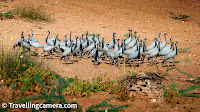 >> Demoiselle cranes of Khichan, Jodhpur District, Rajasthan || Beautiful Birds that fly to and fro Mangolia and have found a mention in Indian mythological texts
>> Demoiselle cranes of Khichan, Jodhpur District, Rajasthan || Beautiful Birds that fly to and fro Mangolia and have found a mention in Indian mythological texts  >> Driving around the drivable parts of Bikaner, Rajasthan || Wide, clean roads with easy, laidback traffic
>> Driving around the drivable parts of Bikaner, Rajasthan || Wide, clean roads with easy, laidback traffic >> The surprising Bap Village, Jodhpur District, Rajasthan || A place to stop and stretch your legs walk around a large waterbody
>> The surprising Bap Village, Jodhpur District, Rajasthan || A place to stop and stretch your legs walk around a large waterbody >> Intricately carved Rampuria Havelis in Old Bikaner, Rajasthan || A symbol of the wealth and luxurious lifestyles of the rich Rampuria merchants since the 15th Century
>> Intricately carved Rampuria Havelis in Old Bikaner, Rajasthan || A symbol of the wealth and luxurious lifestyles of the rich Rampuria merchants since the 15th Century >> Danke ki Chot, Bikaner, Rajasthan || The perfect place for authentic, tasty, reasonable vegetarian Rajasthani food
>> Danke ki Chot, Bikaner, Rajasthan || The perfect place for authentic, tasty, reasonable vegetarian Rajasthani food




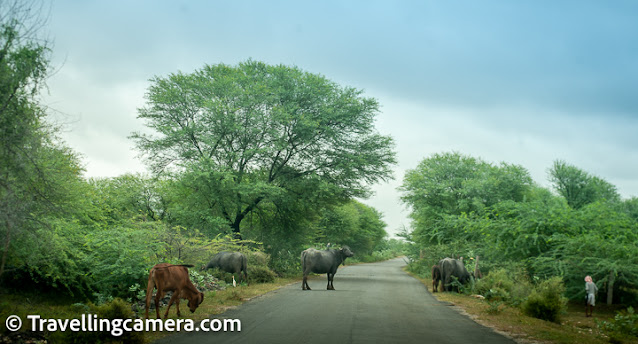




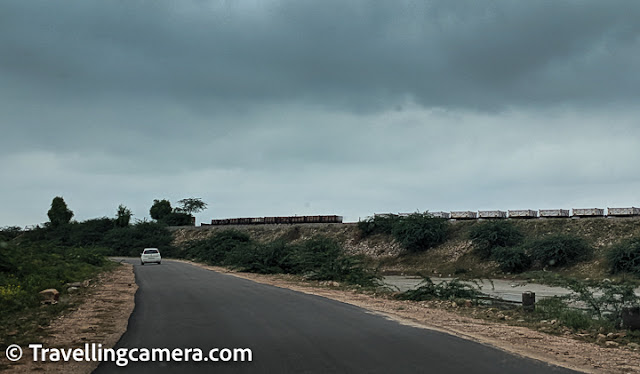

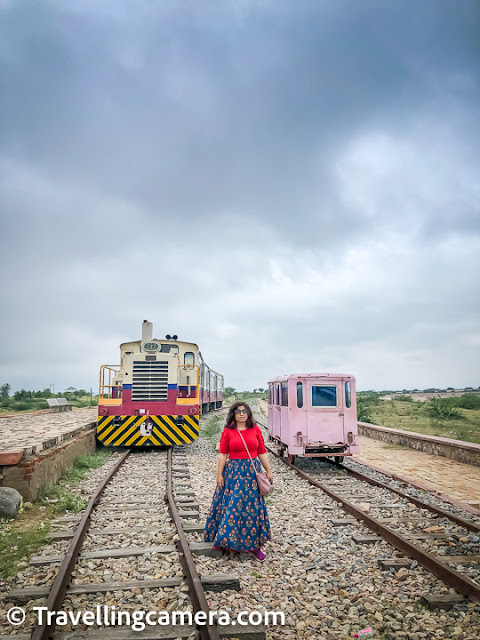



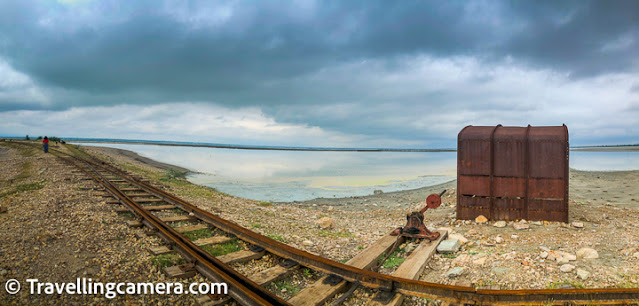




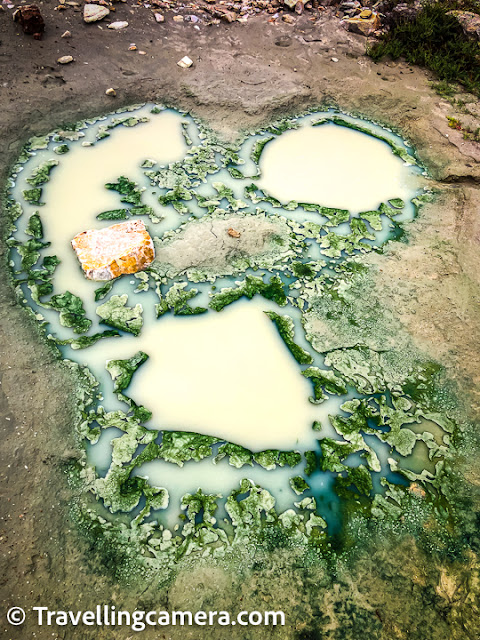


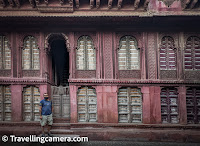

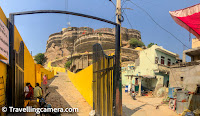


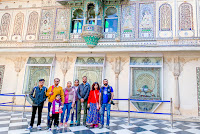



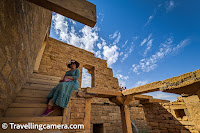



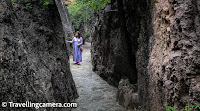


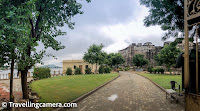

.jpg)
Comments